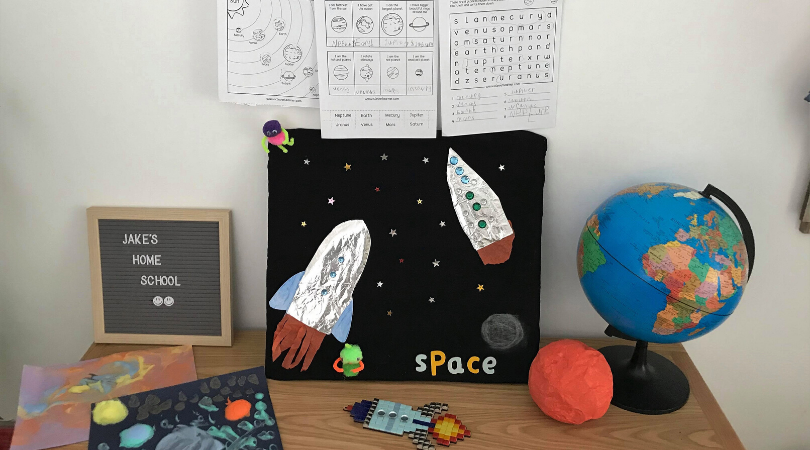
Visual Learning vs. Other Learning Styles: Understanding the Differences

*Collaborative Post
Learning styles play a pivotal role in how we absorb, process, and retain information. Among these, visual learning stands out as a highly effective method, especially in our increasingly image-driven world. But how does it stack up against other learning styles like auditory, kinesthetic, and reading/writing?
Understanding Different Learning Styles
By recognizing and understanding different learning styles, we can tailor our learning and teaching methods to suit individual needs, leading to more effective and enjoyable learning experiences.
Visual Learning
At its core, visual learning is about processing information through visual means. Visual learners typically excel when presented with images, diagrams, and other visual media. They have a keen ability to interpret and remember information seen in graphs, charts, and videos. These learners often think in pictures and benefit greatly from visual aids. An online poster maker for school can be a great tool to help visual learners in academic settings.
Auditory Learning
In contrast, auditory learners thrive on sound and speech. They excel in environments where listening is key – think lectures, discussions, and audio recordings. These learners often prefer to read out loud or have information presented to them verbally. Their strengths lie in their auditory memory – the ability to recall what they have heard with remarkable accuracy. In today’s educational settings, technology is becoming an invaluable tool for enhancing learning experiences. For auditory learners, integrating a note taker AI solution can significantly improve their ability to retain spoken information during lectures. This technology records and transcribes lectures in real-time, allowing students to focus more on the content presented rather than the act of taking notes.
Kinesthetic Learning
Kinesthetic learners, or tactile learners, learn best through movement, hands-on tasks, and building physical connections with the material. They are the doers, often thriving in activities that involve physical engagement, such as experiments, role-playing, or building models. These learners often struggle with traditional classroom settings where they are expected to remain still and passive.
Reading/Writing Learning
Lastly, the reading/writing learners prefer interacting with text. They excel when given opportunities to read and write as a form of learning. These learners often have strong note-taking skills and can easily assimilate information from books, articles, and written instructions. They tend to organize their thoughts through lists and written explanations.
Advantages and Challenges of Each Learning Style
Visual Learning
Visual learners often have remarkable spatial awareness and memory recall when information is presented visually. They can quickly interpret complex information from graphs or infographics, making learning more efficient and engaging.
However, these learners may struggle with verbal instructions or abstract concepts that lack visual representation. They might also become overly reliant on visual aids, finding it hard to process information in non-visual formats.
Auditory Learning
Auditory learners have excellent listening and speaking skills. They are great at remembering spoken information and often excel in oral exams and discussions.
But they may find it difficult to concentrate in quiet settings or when required to absorb information from reading. Noisy environments can also be particularly distracting for these learners.
Kinesthetic Learning
These learners have a heightened sense of body awareness and learn effectively through touch and movement. Their learning is deeply experiential, often leading to a deeper understanding of practical applications.
Kinesthetic learners often find traditional classroom environments challenging, as these settings offer limited opportunities for physical engagement. They might also struggle with long periods of inactivity.
Reading/Writing Learning
This type of learners often excels in traditional academic environments. They have strong comprehension skills and can express their thoughts effectively in written form. But they may find it hard to engage with purely visual or auditory materials and can struggle with learning that isn’t text-oriented.
Integrating Different Learning Styles in Education
Recognizing and integrating these diverse learning styles is essential for creating effective educational experiences. Teachers and educators can develop a more inclusive curriculum by incorporating a mix of visual, auditory, kinesthetic, and reading/writing elements.
This not only caters to individual learning preferences but also offers a richer, more engaging learning environment. Technology, such as multimedia presentations, interactive simulations, and online learning platforms, plays a crucial role in this integration, offering diverse ways to present information that resonates with all types of learners.
*This is a collaborative post. For further information please refer to my disclosure page.




